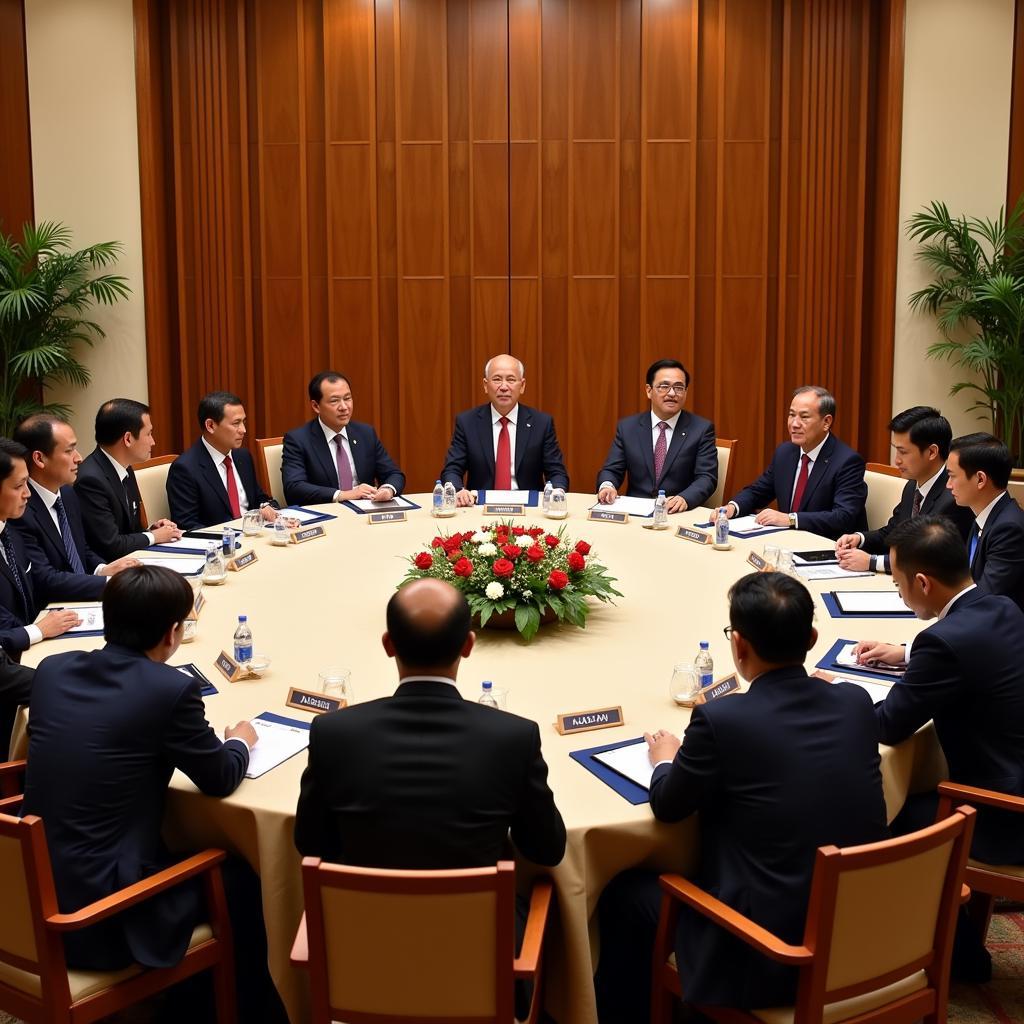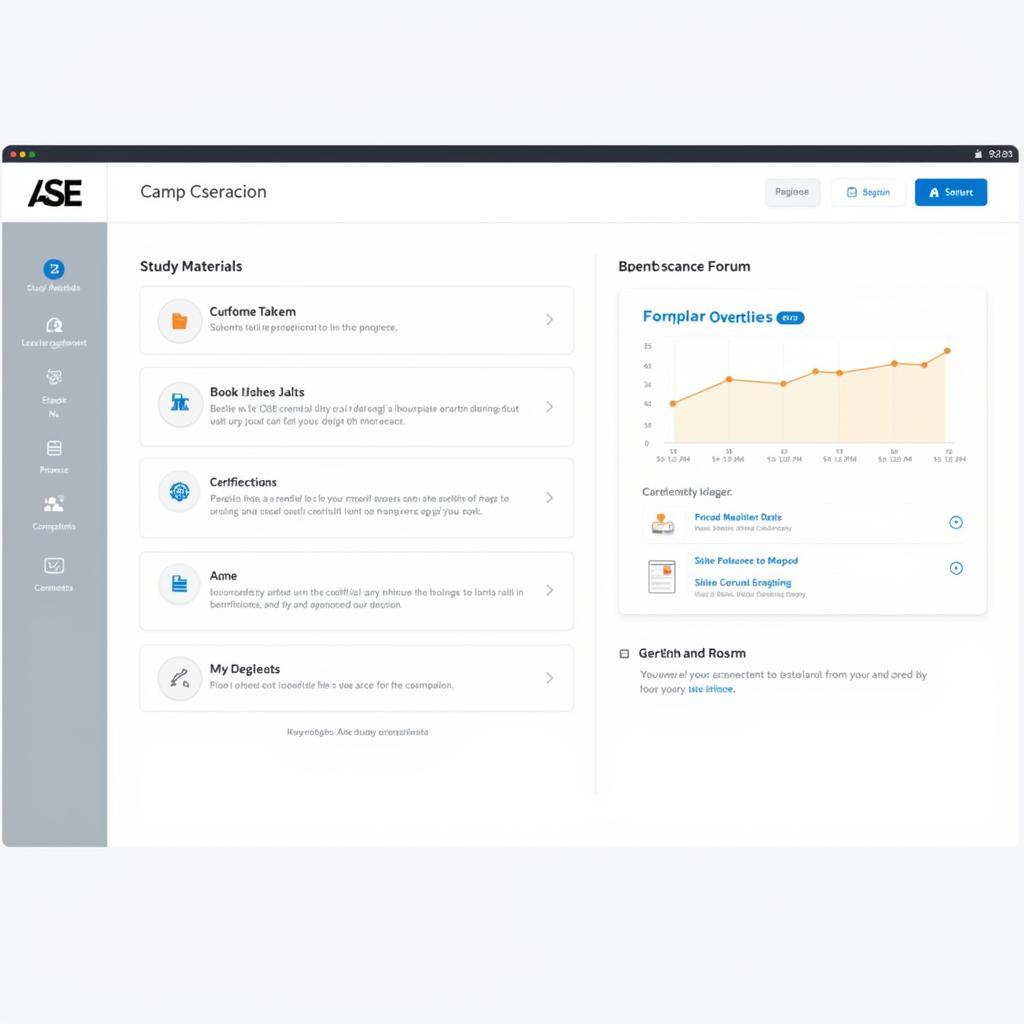The ASEAN Assembly & its related events serve as a cornerstone for regional cooperation and development within Southeast Asia. These gatherings, encompassing a wide range of sectors and stakeholders, play a pivotal role in shaping the political, economic, and social landscape of the region.
This article delves into the significance of the ASEAN Assembly, exploring its various facets and their implications for the 10 member states. We’ll examine key functions, historical context, and the broader impact on Southeast Asia’s global standing.
Understanding the ASEAN Assembly: A Platform for Collaboration
The ASEAN Assembly, often referred to as the ASEAN Summit, is the highest decision-making body within the Association of Southeast Asian Nations (ASEAN). It provides a platform for leaders from Brunei Darussalam, Cambodia, Indonesia, Laos, Malaysia, Myanmar, the Philippines, Singapore, Thailand, and Vietnam to engage in dialogue, formulate policies, and address shared challenges.
These assemblies, typically held twice a year, are crucial for:
- Strengthening regional unity: The assembly fosters a spirit of cooperation and understanding among member states, promoting peace and stability within the region.
- Accelerating economic growth: ASEAN leaders utilize these gatherings to discuss and implement initiatives aimed at boosting trade, investment, and economic integration.
- Addressing social and cultural issues: The assembly tackles transnational concerns such as poverty, education, healthcare, and environmental protection, striving for inclusive and sustainable development.
 ASEAN Leaders in Summit Meeting
ASEAN Leaders in Summit Meeting
A Historical Perspective: From Inception to Expansion
The genesis of the ASEAN Assembly can be traced back to 1967 with the signing of the ASEAN Declaration (Bangkok Declaration). This marked the formal establishment of ASEAN by the founding members: Indonesia, Malaysia, the Philippines, Singapore, and Thailand.
Over the decades, the ASEAN Assembly has witnessed significant milestones:
- Expansion of membership: The inclusion of Brunei Darussalam (1984), Vietnam (1995), Laos (1997), Myanmar (1997), and Cambodia (1999) solidified ASEAN’s position as the primary regional organization in Southeast Asia.
- Evolution of focus: While initially centered on political and security cooperation, the assembly’s agenda expanded to encompass economic, social, and cultural dimensions.
- Establishment of key agreements: Landmark agreements, such as the ASEAN Free Trade Area (AFTA) and the ASEAN Charter, were adopted during these assemblies, further deepening integration and cooperation.
The Impact of the ASEAN Assembly: A Region Transformed
The ASEAN Assembly has been instrumental in transforming Southeast Asia from a region fragmented by conflict and mistrust to a dynamic and interconnected bloc.
Here’s how the assembly has shaped the region:
- Promoting Peace and Stability: ASEAN’s commitment to peaceful conflict resolution and dialogue has contributed significantly to regional stability, fostering an environment conducive to economic growth and development.
- Driving Economic Integration: The ASEAN Economic Community (AEC), established through the ASEAN Assembly, aims to create a single market and production base, enhancing competitiveness and attracting foreign investment.
- Enhancing Social and Cultural Cooperation: The assembly facilitates collaboration on education, healthcare, disaster management, and cultural exchange programs, improving the lives of citizens across Southeast Asia.
 Chart depicting ASEAN Economic Growth
Chart depicting ASEAN Economic Growth
Frequently Asked Questions About the ASEAN Assembly
1. What is the role of the ASEAN Secretariat?
The ASEAN Secretariat, based in Jakarta, Indonesia, provides administrative support to the ASEAN Assembly and its subsidiary bodies. It plays a vital role in coordinating meetings, implementing projects, and promoting ASEAN’s goals.
2. How does the ASEAN Assembly address regional disputes?
The ASEAN Assembly provides a platform for dialogue and consultation to peacefully resolve disputes among member states. ASEAN has developed mechanisms and principles based on consensus-building and non-interference in domestic affairs.
3. What are some of the key challenges faced by the ASEAN Assembly?
The ASEAN Assembly faces challenges in areas such as narrowing the development gap among member states, addressing non-traditional security threats, and managing relations with external partners.
Need More Information?
- Discover insights from the 13th ALA General Assembly & The ASEAN Law Conference.
- Explore the implications of the ASE and SPIL merger.
For inquiries and assistance, contact us at:
Phone: 0369020373
Email: [email protected]
Address: Thon Ngoc Lien, Hiep Hoa, Bac Giang, Vietnam.
Our dedicated customer support team is available 24/7 to assist you.

